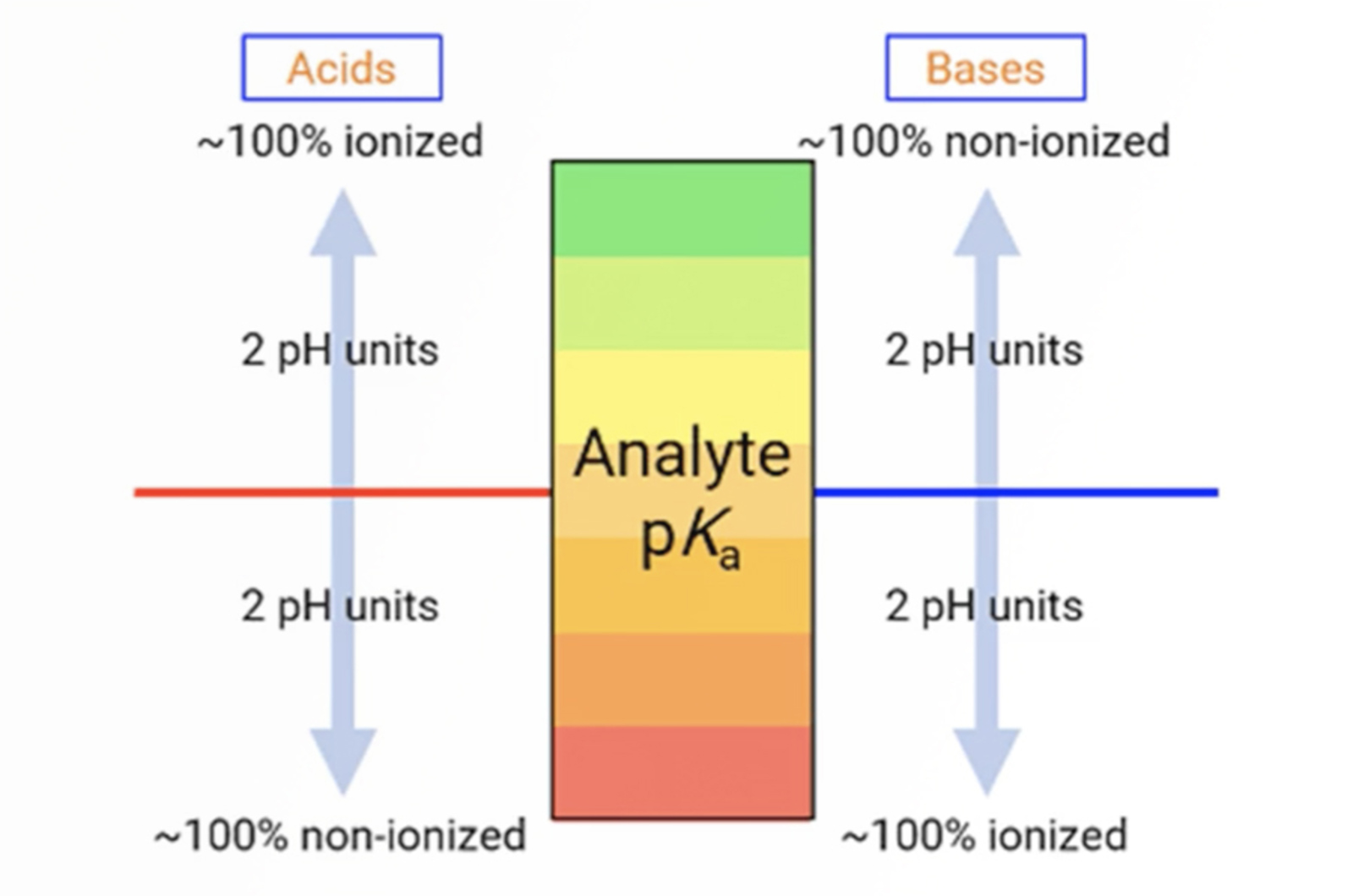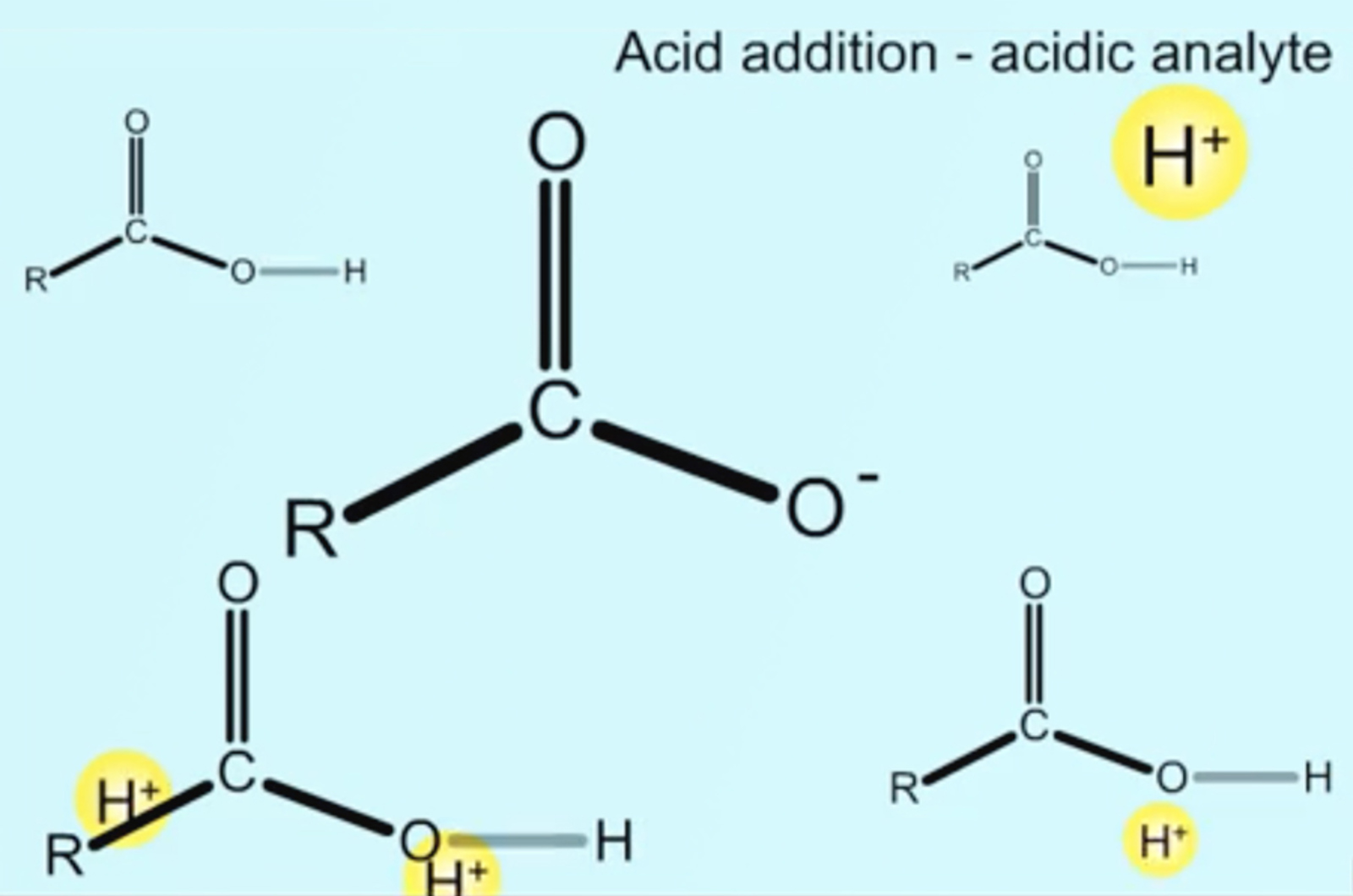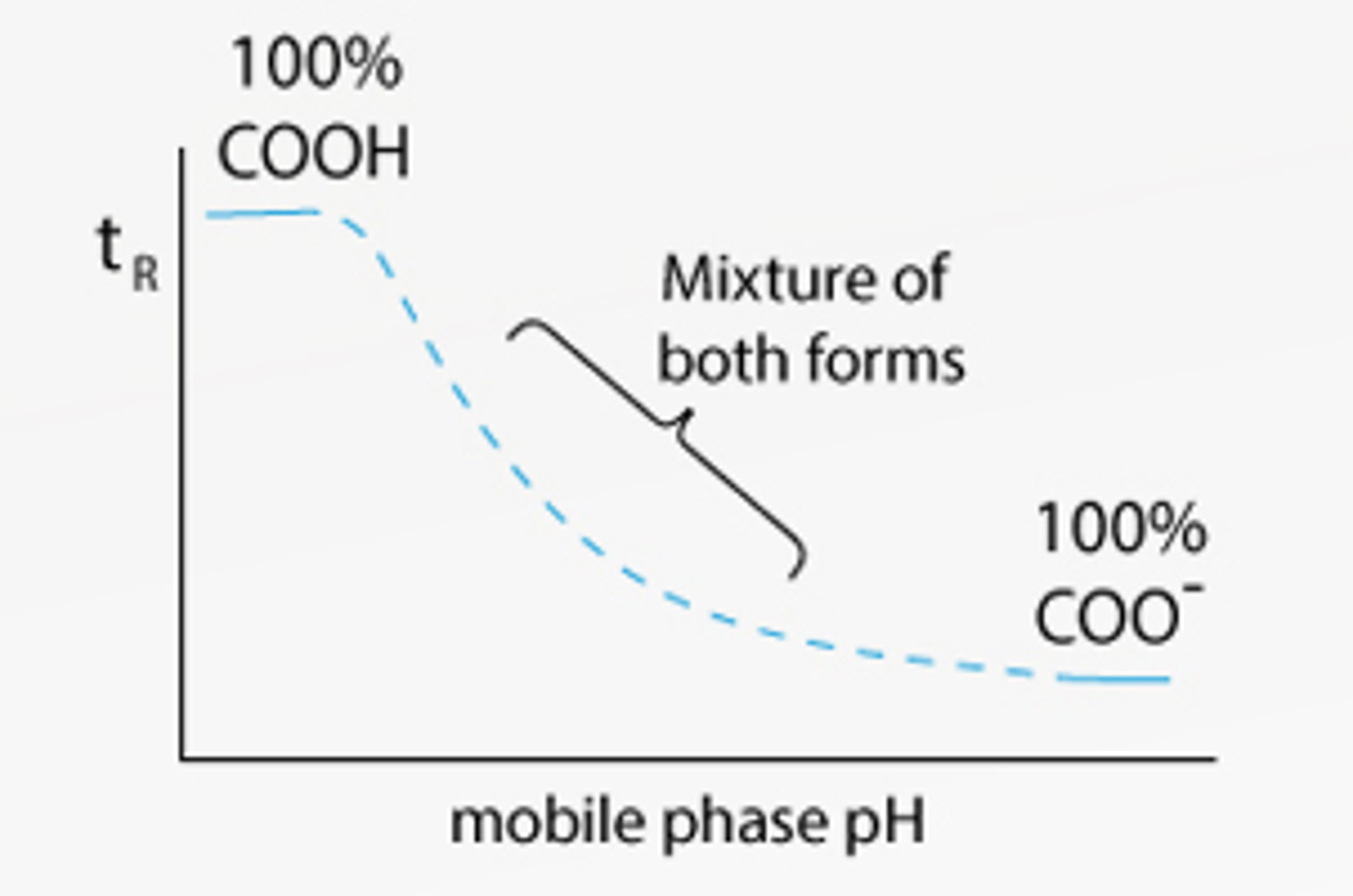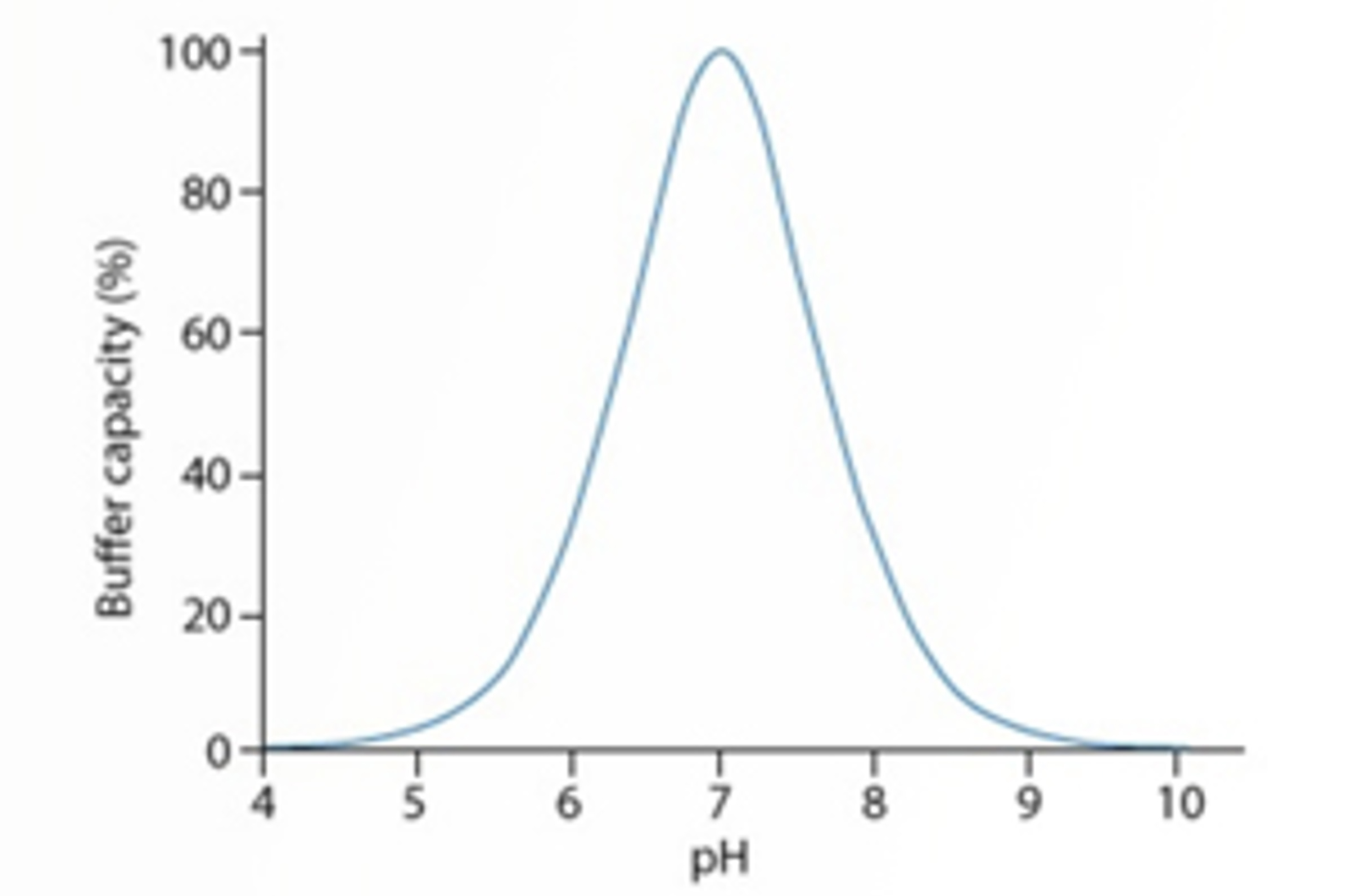Basics of HPLC Mobile Phase Design
This learning path on HPLC mobile phase design covers solvent selection, buffer preparation, pH control, and additive use for optimal separation. It includes choosing aqueous/organic ratios, avoiding precipitation, and ensuring compatibility with the column and detector. Practical strategies focus on reproducibility, peak shape optimization, and minimizing retention time variability.
1 Module 1 Webcast 3 Quick Guides

5 Items

Mobile Phase Considerations
The aim of this module is to explain the purpose of the mobile phase in HPLC. Topics include the best way to prepare mobile phase, potential problems caused by improper preparation and use of mobile phases, and the way that mobile phase composition effects retention and selectivity in reverse phase HPLC.

Mobile Phase Optimization Strategies for Reversed Phase HPLC
This webcast will look at strategies for optimizing mobile phase composition in order to achieve the required resolution in the minimum amount of time. This is, of course, the primary goal of everyone undertaking method development. The chemistry of the aqueous and organic portions of the mobile phase will be studied, and we will discuss how to use these components to affect retention and improve the selectivity and resolution within our separations.

HPLC - Controlling Ionization
In reversed phase HPLC ionizable analytes present their own particular separation challenges and opportunities. When working with ionizable analytes, it is important to consider the pH of the mobile phase to optimize separation, that is to alter and optimize retention, selectivity, and efficiency. This short video will consider how analyte ionization state can be manipulated to achieve the required chromatographic separation, and which method parameters are used to do this.


